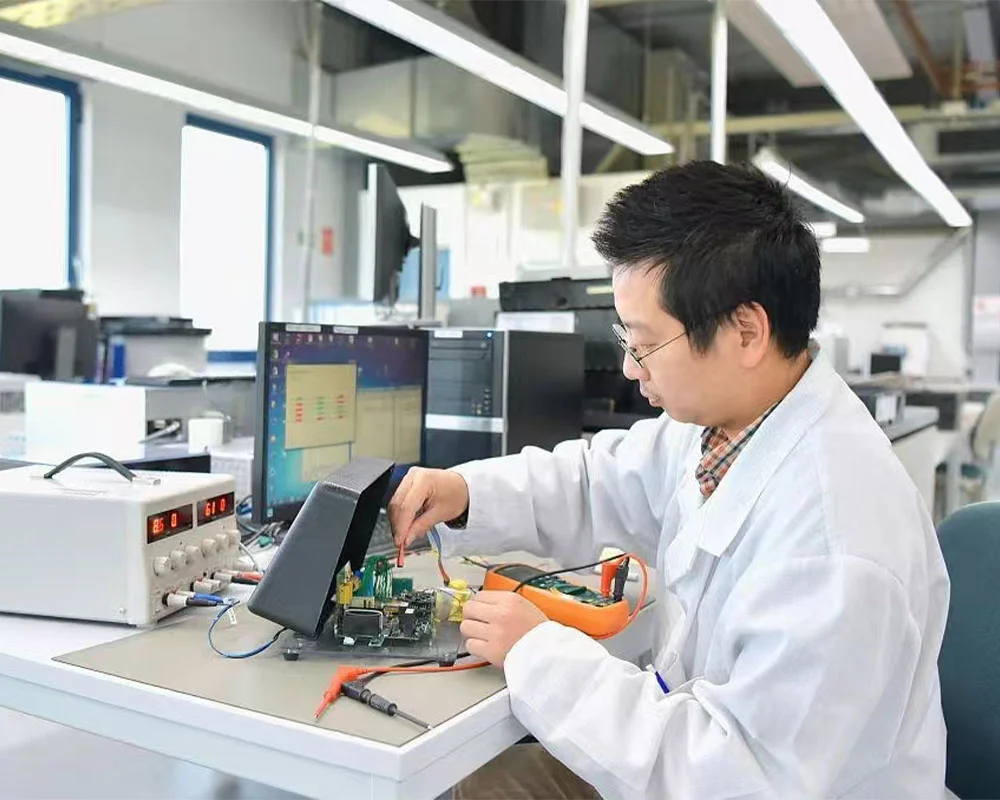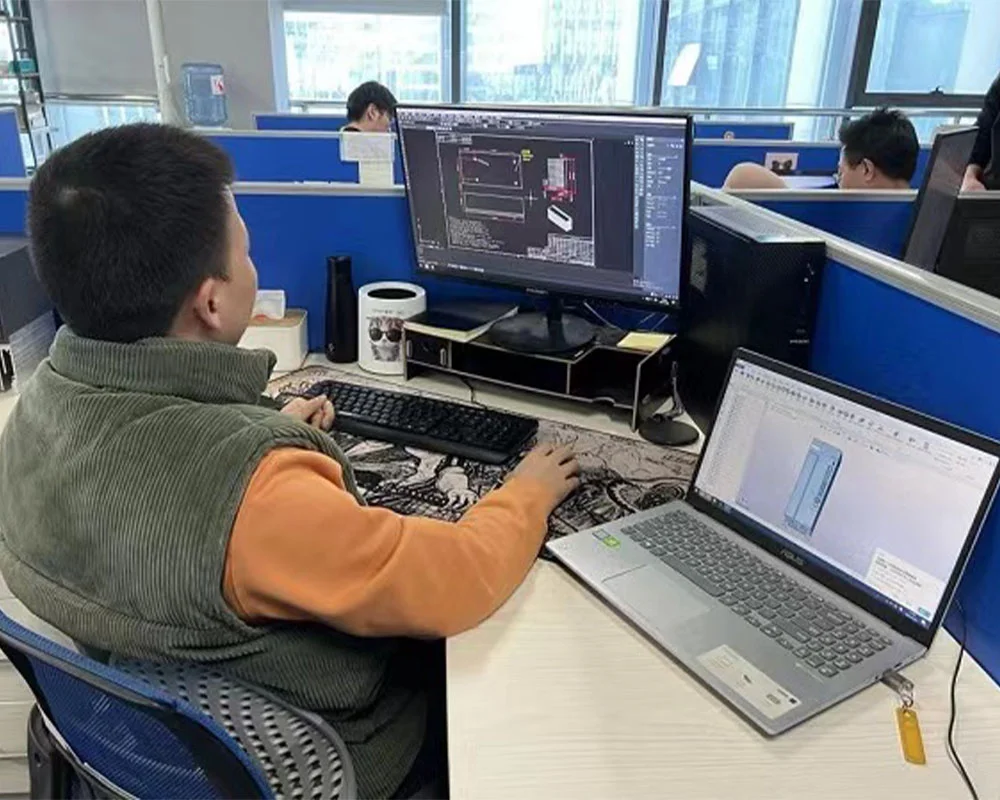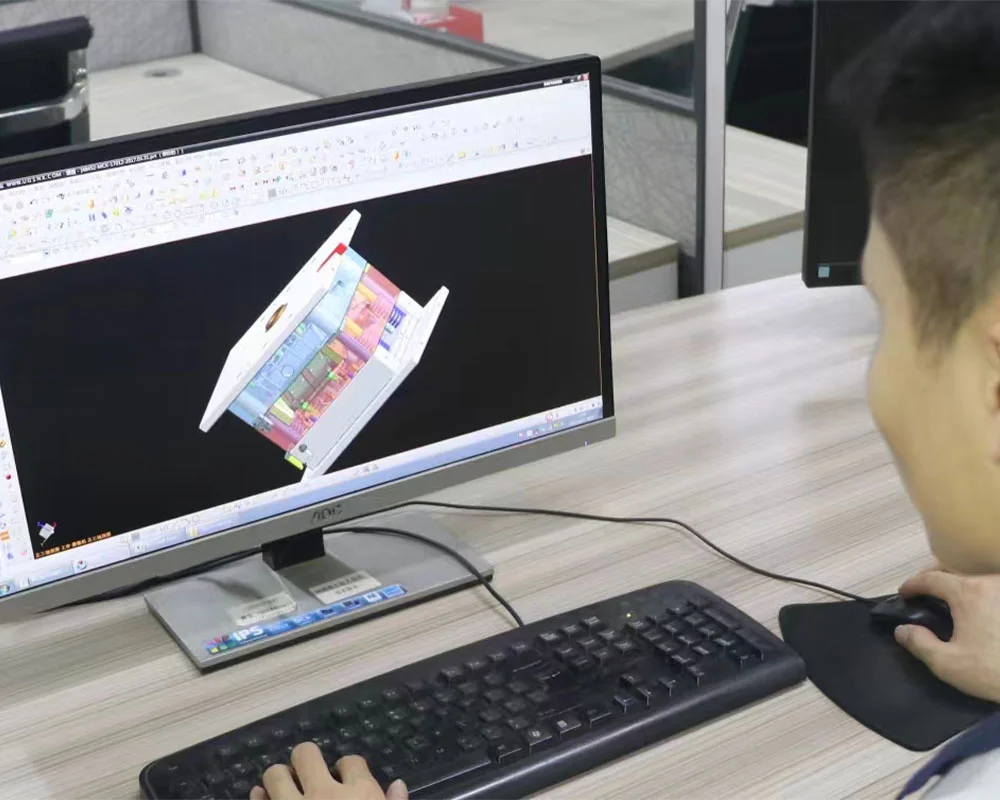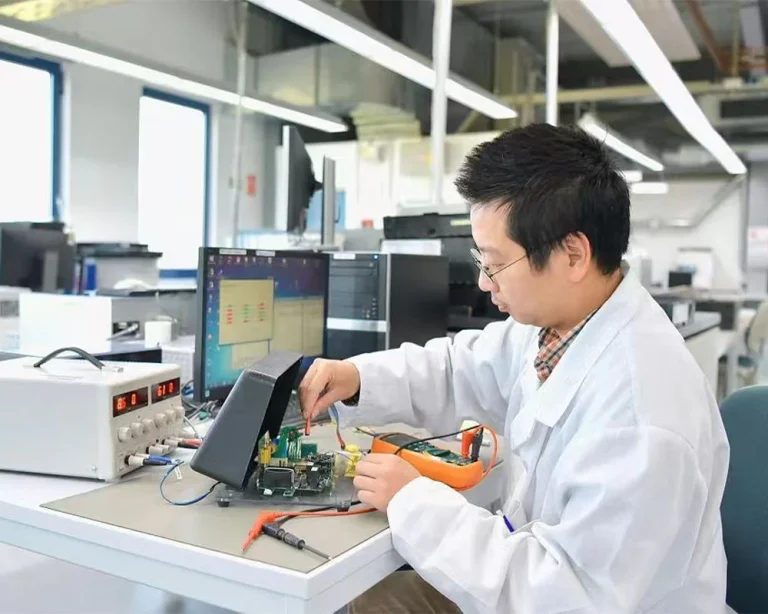In the age of fast-paced product development, speed and innovation are paramount. Prototype Injection Molding gives designers agility, speed, and precision to bring ideas to life in physical form.

Understanding Prototype Injection Molding
Prototype Injection Molding involves the manufacturing of molds to produce parts in small quantities, typically for testing and verification. This process ensures that your product meets required specifications before investing in mass-volume production. At its most basic level, it is a representation of the injection molding process for production-quality plastic parts. Molten material is injected into a specially designed mold cavity, where it solidifies into the part required. The greatest advantage is the approach used to construct the mold as well as its rate of generation and modification if changes in the design are necessitated.
Top advantages of Prototype Injection Molding
Quick Time-to-Market: Quick design cycles are possible due to the pace at which prototypes are produced.
Budget-friendly: Prototyping precludes the risk of expensive mistakes that occur during production on a mass scale.
Material Flexibility: Provides a wide variety of materials, including thermoplastics and elastomers, to achieve flexibility in design.
Applications of Prototype Injection Molding
Entrepreneurs: Create proof-of-concept models to gain investors.
Existing Companies: Test new product designs before full production.
Industries (Healthcare, Automotive, Electronics): Reap accuracy and repeatability.
The Application of Prototype Injection Molding in Product Development

Injection mold prototypes enable designers to test concepts rapidly with precision. They have many advantages to product designers in product development, including minimizing development time, saving money, and improving design freedom.
Material Selection for Injection Molding Prototypes
Material selection impacts performance, durability, and aesthetics of the final product. Mechanical performance, heat resistance, and mold process compatibility are all wisely selected by designers. Unlike other prototyping solutions like 3D printing or casting, Prototype Injection Molding utilizes specifically injection-molded materials.
Design Optimization for Moldability
Optimization of design is employed for reducing production difficulties and making the process easier. Draft angles, uniform wall thicknesses, and geometry design for successful mold filling are key to prototype and production injection molding. In prototype tools, these aspects of the design are defined early since adjustments become very expensive after multi-cavity, hardened steel production tools have been defined. Advanced design analysis and optimization programs, such as mold-flow analysis and finite element analysis (FEA), enable designers to optimize their designs for optimal performance, moldability, and efficiency.
Designing for Injection Molding Success
Designers can optimize prototype or production-quantity molding for parts:
Get Early Feedback: Engage suppliers early in order to obtain helpful feedback on CAD models, establish potential boundaries of geometry, and avoid production surprises.
Keep It Simple: The mold will open and the part has to be pushed out of the mold cavity. Production tooling requires extra mechanisms, e.g., lifters, side pulls, or rotation mechanisms, for pulling the part out of the mold. These additional axes of pull are expensive in the mold and the molded part cost.
Work Effectively Together: Collaborate effectively with profitable partnerships with Prototype Injection Molding services, effective communication in meeting project objectives, deadlines, and achieving desired outcomes.
Collaboration with Prototype Injection Molding Services
Product designers need to collaborate with prototype injection molding services in order to leverage this process to its best. Select the correct service provider through thorough research, analysis, and communication.
Prototype Injection Molding and 3D Printing
The majority of proof-of-concept and looks-like parts are not worth the cost of an injection-molding tool. Pre-production and works-like parts, however, usually require tens of parts to be made and thus injection molding a more economical option compared to 3D printing.
Primary Considerations:
State of Design: 3D printing is best for altering designs, while injection molding is best for completed designs that should be tested in the real world.
Production Quantities: 3D printing is best for extremely low quantities, and injection molding is economical for prototype quantities greater than 100 pieces.
Lead Times: Lead times for 3D printing range from 1 to 15 days, and injection molding requires 2 to 5 weeks.
Design Rules, Part Features, and Tolerances
Both 3D printing and injection molding have specific design rules of their own, e.g., minimum wall thickness. Walls that are too thick, too thin, or irregular are the most frequent cause of production injection molding failure. By means of Prototype Injection Molding, any production flaw is achieved earlier than planned. File types also vary, as 3D printing operates on STL files and injection molding on parameter-based CAD files. Tolerances are also varied, as 3D printing usually provides higher deviations and injection molding provides commercial and fine tolerances.
Material Selection
The same plastics can be used by prototype injection molding as well as production. Glass-filled nylon, though, will be more abrasive on prototype molds because prototype molds will be softer.
For initial-stage design, commodity plastics of reduced expense can be used even if they have less good mechanical properties compared to final production material. Nonetheless, materials that are 3D-printed will not have end-use properties like their injection-molded counterparts. For instance, 3D-printed PEEK will be weaker than injection-molded PEEK.
Prototype Molds: More Than Steel vs. Aluminum
The difference between a production injection mold and a prototype injection mold is not always the metal. They can both be aluminum or steel. SPI Class 105 is only for prototype lots. Production injection molds are best for shortest cycle times, optimum quality of parts, and longest tool life, whereas prototype injection molds care about part quality, especially for first-article inspection.
Some Mold Materials and MUD Dies
Injection molding makes the use of numerous materials in mold employment possible. For example, a prototypic mold may be based on soft steel or aluminum and made with soft, semi-hardened, or hardened steel inserts. Master unit die (MUD) inserts offer 66% savings of tooling expense yet still allow detailed designs that prototyping calls for.
Silkbridge Prototype Plastic Injection Molding

Silkbridge is the professional in Plastic Injection Molding Prototype with single-stop design-to-end product sample services. With top priority on high precision and quality, Silkbridge is combining British ingenuity with Chinese manufacturing power to deliver cost-effectiveness and short lead times in delivery. With professionalism, its products are always of high quality.
With many years of experience, Silkbridge’s mold-making experts can produce molds for a wide range of industries from electronics, automotive to consumer products.
To learn more about the Plastic Injection Molding Prototype available from Silkbridge, reach out to their team at contact@silkbridgeltd.com. Or their whatsapp link https://wa.me/8618122838771



